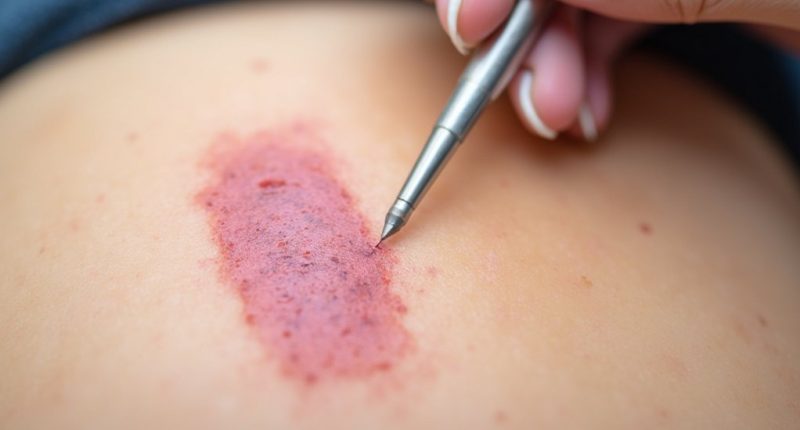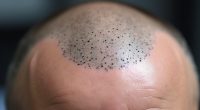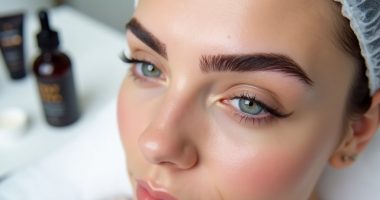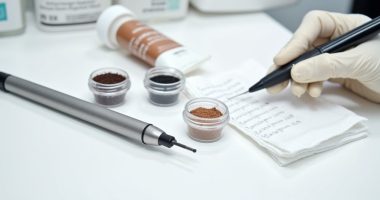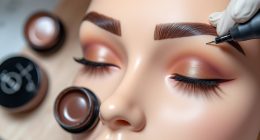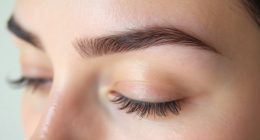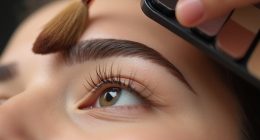Scar camouflage through permanent makeup can indeed reduce scar visibility. This specialized tattooing technique deposits custom-matched pigments into mature scars, creating an optical illusion that blends with surrounding skin. Not for fresh wounds—scars need at least a year to mature first. Works on surgical scars, burns, stretch marks, and self-harm scars. Results last 3-5 years with proper maintenance. Finding a skilled technician makes all the difference between camouflage and catastrophe.
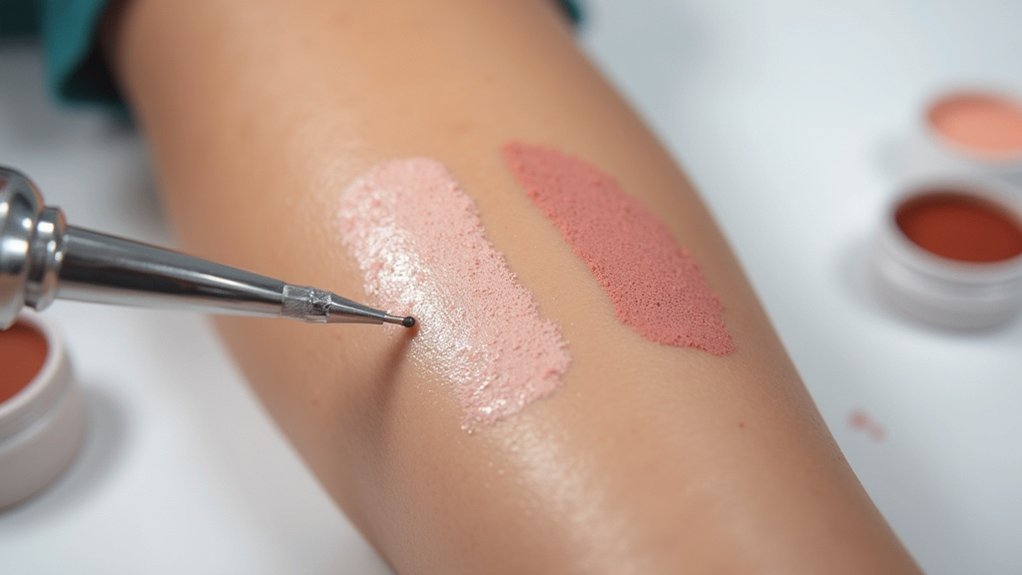
While scars might tell a story, not everyone wants their personal history written across their skin for all to see. Enter scar camouflage, a specialized form of cosmetic tattooing that offers hope to those looking to minimize the visibility of various scars. The technique involves depositing carefully matched pigments into the scar tissue, creating an optical illusion that blends the scar into surrounding skin.
Proper scar healing is essential before attempting camouflage treatments. Technicians won't touch fresh wounds—scars must be fully mature, typically at least one year old. This isn't just a safety precaution; it's common sense. Healing changes a scar's appearance dramatically.
Patience is more than a virtue with scars—it's a prerequisite. Rush the camouflage process, and you're just tattooing a moving target.
The pigment matching process is equally important. A skilled paramedical tattoo artist creates custom blends to match your unique skin tone. Get it wrong, and you've just traded one noticeable mark for another. Not exactly an upgrade.
The procedure works on various scar types—surgical scars from that facelift you totally needed, burn scars, stretch marks from your "baby weight" (or just regular weight), and even self-harm scars. Acne left you with pockmarks? Those too. But let's be real—it's not magic. Some scars don't respond well, particularly raised keloid scars. They're stubborn that way.
The process is relatively straightforward. You sit for a consultation, get numbed up, and then endure fine needles depositing pigment into your skin. Multiple sessions? Probably. Beauty has its price—in time, if not just money.
Results last about 3-5 years. Not forever, but a decent run. Afterward, you'll need touch-ups. The sun—that glorious ball of skin-destroying fire—will fade your camouflage faster if you don't protect it.
For many, the benefits extend beyond physical appearance. The quick procedure requires minimal downtime, allowing you to resume daily activities almost immediately. There's something liberating about not constantly explaining that scar on your forehead or covering your arms in summer. It's a confidence booster. Plain and simple. Similar to vitiligo camouflage techniques, scar concealment can significantly improve quality of life by reducing appearance-related anxiety in social situations.
The procedure isn't without limitations. Results vary based on individual healing. Some people react to pigments. And please, find a skilled technician—this isn't the time to bargain-hunt. Many clients are referred by local dermatologists and surgeons who recognize the value of this specialized service.
Bottom line: scar camouflage offers a semi-permanent solution for those looking to reduce the appearance of certain scars. Not perfect, not permanent, but for many, it's enough to stop hiding and start living.
Frequently Asked Questions
How Painful Is Scar Camouflage Treatment Compared to Regular Tattooing?
Scar camouflage typically hurts less than regular tattooing.
Pain level varies based on scar type, location, and individual tolerance. Most clients rate it 1-5 on a 10-point scale. Not bad, right?
Topical numbing creams help tremendously. Some people even fall asleep during treatment!
Tattoo comparison shows traditional tattoos dig deeper into normal skin. Sensitive scars like keloids might feel more discomfort.
Location matters too – thin-skinned areas always sting more. Post-procedure irritation fades within days.
Can Permanent Makeup Hide Self-Harm or Surgical Scars?
Yes, permanent makeup can effectively hide self-harm and surgical scars.
Results aren't magic—complete disappearance isn't realistic—but significant reduction in visibility is common.
The healing process takes time, with multiple sessions typically required for ideal results.
Ethical considerations include ensuring patients have appropriate mental health support, especially with self-harm scars.
Works best on fully healed scars (at least 1 year old).
Not great for keloid scars though.
Confidence boost? Absolutely worth it for many people.
Will Insurance Cover Permanent Makeup Procedures for Scar Camouflage?
Insurance coverage for scar camouflage permanent makeup? Good luck with that. Most providers consider it cosmetic, not medically necessary. Treatment costs come straight from your pocket.
Exceptions exist. Areola restoration after mastectomy? Maybe covered. Burns or cleft palate scars? Possibly.
Want options? Credit cards, CareCredit, payment plans, or FSAs work. Some find help through nonprofits or crowdfunding.
Bottom line: insurance usually says "nope," but check your specific policy anyway. Stranger things have happened.
How Soon After Injury Can I Get Scar Camouflage?
Most professionals recommend waiting at least one year for proper scar healing before attempting camouflage.
That's not just arbitrary – it's science. Scars change dramatically in the first 12 months. Treatment timing matters.
Some artists might work on 6-month-old scars, but it's risky. Burn scars? Even longer wait. Surgical scars? Maybe earlier with doctor approval.
Patience isn't fun, but neither is wasting money on treatments that won't last because the scar wasn't stable.
Are There Any Medical Conditions That Disqualify Me From Treatment?
Several medical conditions create treatment limitations for permanent makeup procedures.
Pregnancy, cancer, bleeding disorders? Absolute no-gos.
Skin conditions like psoriasis or active infections? Nope.
Taking Accutane or certain medications? Wait it out.
Autoimmune conditions, advanced diabetes, or history of keloid scarring make poor candidates too.
Herpes in the treatment area? That's complicated.
The list is surprisingly long.
Everyone wants that fix, but safety first.
Your medical history matters – a lot.
